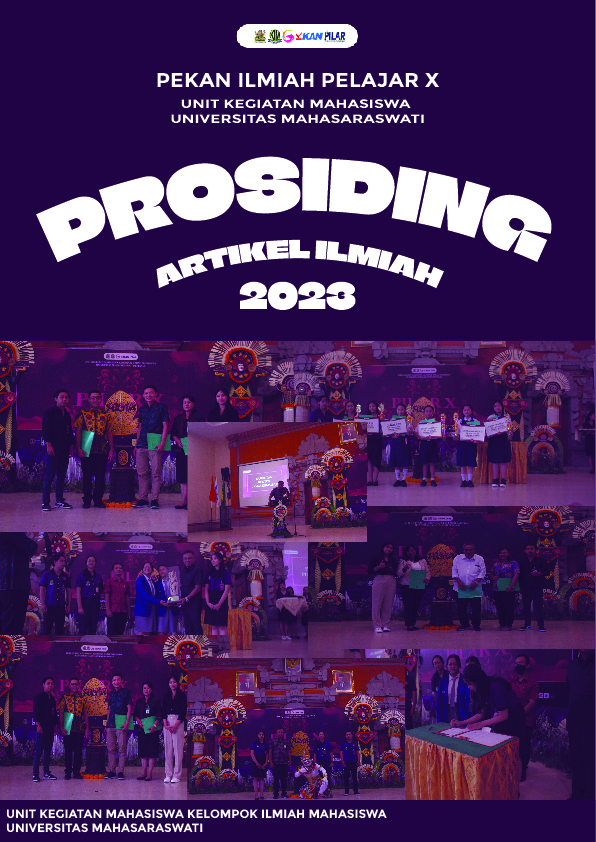FLOWCIDES (USE OF FLOWER WASTE AS NATURAL LARVACIDES): EFFORTS TO ERADICATE DENTAL FEVER IN BATU CITY
Kata Kunci:
cananga flower, natural larvicides, red rose, stone city, tuberose flowerAbstrak
The number of flowers cultivated and harvested in Batu City is as much as 10 kg in week. 10 kg of flowers that can be harvested in one week are fresh flowers that are traded to flower distributors or to consumers. However, after a few days the flowers wither or are no longer fresh and become waste in the environment. Approximately 0.5 kg in day of wilted flowers is usually thrown away or used as natural fertilizer. Innovation is needed to utilize existing flower waste, such as making natural mosquito larvicides using extracts from red roses, cananga flowers, and tuberose flowers. As it is known that mosquitoes are one of the vectors of Dengue Hemorrhagic Fever (DBD). In Batu City, DBD cases have experienced a very high increase from the previous year, namely 2021 DBD cases, only 16 cases, while in 2022 it reached 132 cases. This study aims to prove the extracts of red roses, cananga flowers and tuberose flowers to be natural mosquito larvicides. This research is a simple experimental research conducted at the Batu Islam High School Laboratory. The results of this study were that red rose extract and cananga flower extract had more potential as mosquito larvicide compared to tuberose flower extract. The extracts from red roses and cananga flowers can kill 40% of mosquito larvae, while tuberose flower extracts can only kill 20% of mosquito larvae. To become a more effective larvicide, the flower extract can be applied at a higher concentration than this study so that it is effective in kill mosquito larvae up to 100%.

